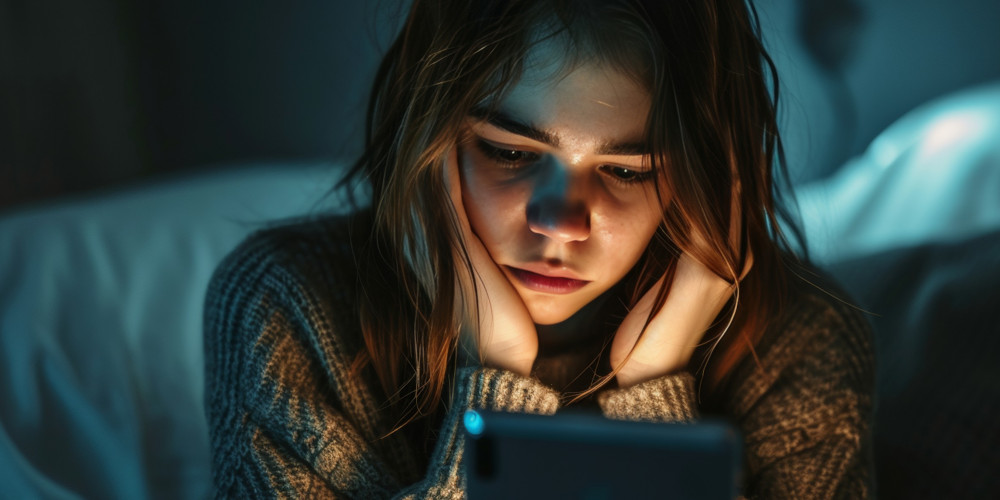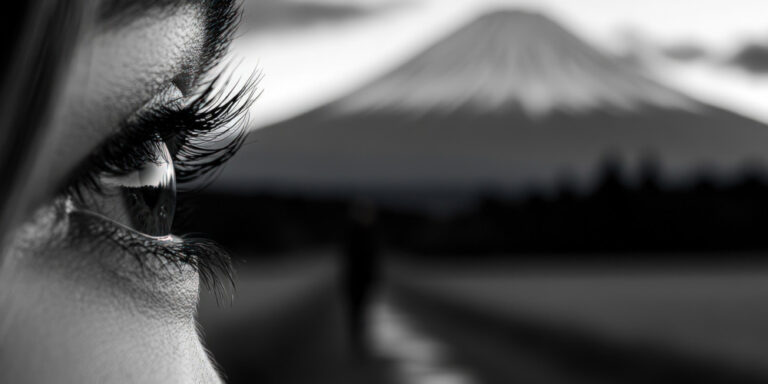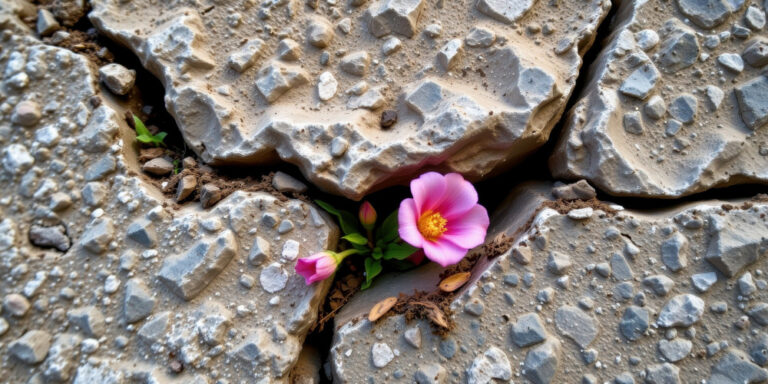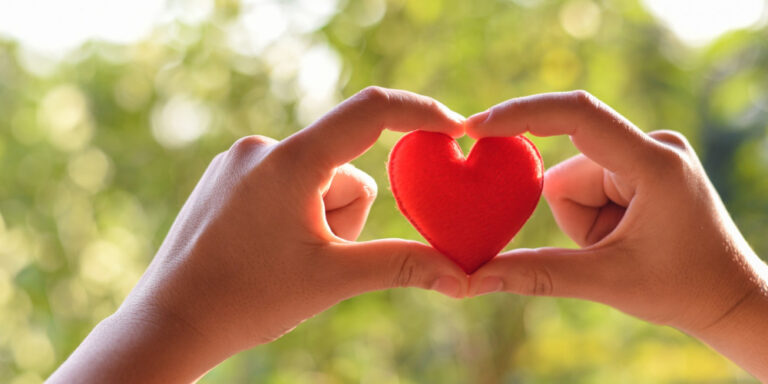You can quit the bottle. You can throw away the pills. You can survive withdrawals, therapy, and the long, uneven climb back into yourself. But the hardest drug to quit might still be in your pocket, glowing, buzzing, waiting. Addiction recovery doesn’t end when you log off for the night because most people never really log off. The same mind that once craved chemical highs now scrolls for digital ones, the like, the ping, the comment, the rush of being seen.
In an era where connection is currency, silence can feel like withdrawal. And for many in recovery, social media becomes the new fix, a subtler, shinier addiction that promises control without the consequences. Until it doesn’t.
From Substance to Screen
When you’re in recovery, you start noticing patterns, the way your brain hunts for reward, the way it chases escape. You stop drinking, but you still check your phone every few minutes. You stop using, but you binge-watch until 3 a.m. You stop gambling, but you refresh your notifications like slot machines.
It feels harmless, even healthy. You’re not destroying your life. You’re staying “connected.” You’re keeping busy. You’re staying informed. But that same dopamine loop, the one that once lit up for cocaine or alcohol, now fires for red dots on a screen. The brain doesn’t care where the hit comes from. Reward is reward. And the problem is, the modern world is built to feed it, endlessly.
Social media companies know what you’re recovering from before you do. They’ve perfected the art of keeping you hooked, not with substances, but with stimulation. And for the recovering addict, stimulation is a dangerous substitute for serenity.
When Recovery Meets the Algorithm
You can rebuild your life, go to therapy, journal, meditate, and still lose hours a day to a feed that tells you how to feel. The algorithm doesn’t care about your sobriety. It cares about engagement. And what engages you most? Conflict, comparison, and validation. You open your phone to “check something quick,” and suddenly you’re comparing your real recovery to someone else’s highlight reel, their perfect relationship, their gym selfies, their daily affirmations that make you feel like you’re not doing enough.
That quiet self-doubt, that twitchy unease, it’s digital withdrawal. You start chasing a version of recovery that looks good online rather than one that feels good offline. You begin performing peace instead of practicing it. The irony is brutal, you escaped one illusion only to build another.
The Dopamine Loop Never Died, It Just Got Wi-Fi
For years, addiction ran your reward system. Every drink, every hit, every bet was a shortcut to dopamine, that chemical flash of pleasure that says, “You’re okay, for now.” In recovery, the goal is to rewire that system, to find slower, steadier forms of satisfaction. But the internet hijacks that process. It offers the same chemical spikes you’ve been trying to escape, just in socially acceptable doses.
You might think you’re managing your recovery well, but if your first instinct in discomfort is to reach for your phone, that’s not control, that’s displacement. You’re not using, but you’re still numbing. Every scroll becomes a microdose of distraction. You don’t have to face boredom, loneliness, or silence, the exact states you need to heal in.
Your phone becomes the new fix, and like all addictions, it promises relief but delivers emptiness.
The Recovery Trap
Social media has turned recovery into a performance art. Everyone wants to be “authentic,” but authenticity online comes with filters, captions, and timing. There’s nothing wrong with sharing your journey, it can help others, even save lives. But it’s easy to cross the line from sharing to curating. You start crafting your recovery like content. You measure progress in likes and shares. You start shaping your emotions for an audience instead of for yourself.
This isn’t healing, it’s branding.
The truth is, recovery is messy, repetitive, and sometimes painfully private. But the digital world doesn’t reward stillness, it rewards noise. And if you’re not careful, you can trade one addiction for another while convincing yourself you’re still doing the work.
The Silent Withdrawal of Disconnection
Try this, turn your phone off for 24 hours. Notice what happens. The first hour feels fine. Freedom, even. Then the twitching starts, the phantom vibrations, the restlessness, the subtle panic of being unreachable. Your brain starts craving stimulation, like a detox without a drug.
That anxiety isn’t weakness, it’s withdrawal. The modern mind is overstimulated and underconnected. We’ve learned to mistake constant input for emotional safety. But in recovery, stillness isn’t the enemy, it’s the medicine. Disconnection is where you actually start hearing yourself again. The silence reveals what scrolling hides, discomfort, loneliness, self-doubt, and boredom, the exact emotions that addiction once buried.
Learning to sit with them, without reaching for the screen, is the truest form of detox most people will ever experience.
The Illusion of Connection
Social media sells the illusion of intimacy, a thousand friends, followers, and support networks that feel real but disappear the moment you close the app. In recovery, real connection is oxygen. It’s what keeps you grounded. But digital connection is often counterfeit, it mimics support without requiring vulnerability.
You can post about your struggles, and people will flood you with heart emojis. It feels validating, but it’s temporary. It doesn’t replace the depth of face-to-face conversation, the silence between words, the raw honesty of being seen without a filter.
You don’t heal through comments, you heal through connection. And connection requires presence, something no device can replicate.
Technology and Emotional Avoidance
It’s easy to justify being online. “I’m learning.” “I’m staying in touch.” “I’m part of the recovery community.” But ask yourself, how much of it is connection, and how much is avoidance? Most of us reach for our phones when we feel something we don’t want to face, loneliness, anxiety, anger, boredom. The screen offers instant relief. It’s the modern-day shot glass, perfectly legal and endlessly refillable.
Every time you pick up your phone instead of sitting with a feeling, you reinforce the old addiction wiring, pain equals escape. The device becomes both a distraction and a delay. Real recovery means learning to stay, to feel the discomfort and not immediately soothe it away. Because emotions, like waves, only pass when you stop running from them.
Boundaries Aren’t Bans
You don’t have to throw your phone in the ocean to heal. You just have to reclaim control from it. Start with boundaries. No screens before bed. No endless scrolling in the morning. No digital “doom dives” after stressful days. Replace those moments with something grounded, a walk, a book, a journal, a conversation.
Turn notifications off. Schedule time to check messages instead of living on alert. Practice leaving your phone in another room. Notice the mental static that fades when you do. It’s not about rejecting technology, it’s about refusing to let it own your nervous system.
Finding Real Presence
The ultimate goal of recovery isn’t abstinence, it’s presence. It’s the ability to live in your own skin without needing constant distraction. Digital addiction robs you of that presence. It pulls you out of the moment, fractures your attention, and leaves you half-alive, half here, half somewhere else.
When you start detoxing from the digital noise, life begins to feel slower, and at first, that feels unbearable. But beneath that slowness is peace. Real peace. The kind you can’t post, perform, or download. You start noticing small things again, your breath, your surroundings, the texture of time. That’s recovery in its purest form, coming back to yourself, moment by moment.
The Real Detox Starts When You Disconnect
The digital world promises connection but often delivers comparison, stimulation, and noise. For people in recovery, it can feel like trading one addiction for another, less destructive, perhaps, but just as consuming. Logging off isn’t a rejection of modern life; it’s an act of rebellion against the idea that your value depends on your visibility.
The real work of recovery doesn’t happen on a screen. It happens in silence, in slowness, in presence, in the moments when you stop chasing dopamine and start reclaiming peace.
Because recovery isn’t just about quitting what kills you. It’s about learning to live, really live, without needing a screen to remind you who you are.










